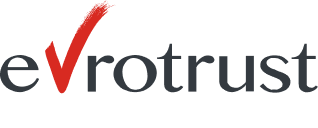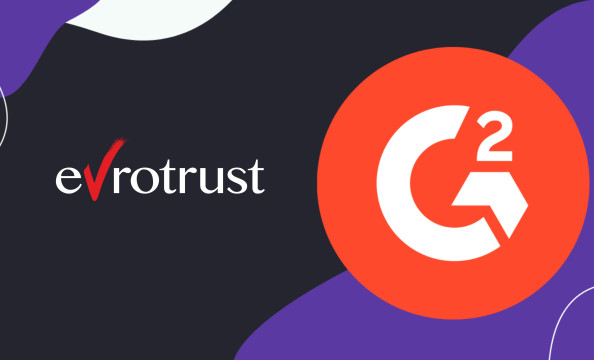As our lives become more intertwined with digital services, the demand for robust, secure, and user-friendly identification systems has never been greater. The European Union's answer to this challenge is eIDAS 2.0, an updated regulatory framework that promises to redefine how digital identities and trust services operate across the continent. This blog post explores what eIDAS 2.0 is, its implications for identity verification, and its impact on services like eSignatures and electronic KYC processes.
What is eIDAS 2.0?
eIDAS, which stands for Electronic Identification, Authentication, and Trust Services, is a set of standards for electronic identification and trust services for electronic transactions in the European Single Market. It was initially established to enable secure and seamless electronic interactions between businesses, citizens, and public authorities.
eIDAS 2.0 is an upgrade to the original framework aimed at expanding its scope, enhancing security features, and improving usability. This revision addresses the evolving needs of the digital economy, focusing on the broader adoption of electronic identification means (eID) and trust services like electronic signatures (eSignatures).
Enhancing Identity Verification and KYC Processes
One of the primary goals of eIDAS 2.0 is to streamline identity verification processes across the EU. By establishing a more cohesive digital identity framework, the regulation facilitates a more straightforward and unified approach to verifying identities digitally. This enhancement is crucial for Know Your Customer (KYC) processes that financial institutions and other businesses must perform. With eIDAS 2.0, digital identity verification becomes faster, more reliable, and widely accepted across borders, significantly improving over the previously established fragmented systems.
The Role of Electronic Signatures
eSignatures are a pivotal component of eIDAS 2.0. They allow individuals and businesses to sign documents electronically with the same legal standing as a handwritten signature. Thanks to the enhanced trust and security standards that the framework introduces, the use of eSignatures is expected to become more widespread under eIDAS 2.0.
For businesses operating in the EU, processes requiring signatures, such as contracts, employment agreements, and legal documents, can be handled entirely digitally, reducing the time and cost of paper-based processes.
Digital Identity: The Core of eIDAS 2.0
Digital identity is at the core of the eIDAS 2.0 framework. The initiative aims to provide every EU citizen access to a secure and trusted digital identity that can be used across all member states. This digital identity can be used for everything from accessing public services and signing documents to completing transactions and participating in the digital economy.
The Future Impact of eIDAS 2.0
The implementation of eIDAS 2.0 is expected to have a profound impact on how digital identity and trust services are perceived and utilized in the EU. By providing a standardized, secure, and legally recognized system across member states, eIDAS 2.0 will facilitate more seamless, efficient, and secure digital interactions.
The transition to eIDAS 2.0 offers numerous benefits for businesses, including reduced administrative burdens, enhanced customer trust, and the opening of new digital markets. For consumers, it means easier access to digital services, enhanced privacy, and better protection of their digital identities.
Conclusion
As eIDAS 2.0 begins to take shape, understanding its framework, capabilities, and implications is essential for businesses and consumers. With its focus on improving identity verification, extending the use of eSignatures, and solidifying digital identities, eIDAS 2.0 is set to be a cornerstone of Europe's digital economy.
Businesses should prepare for the changes eIDAS 2.0 will bring and consider leveraging these new regulations to enhance their digital processes. As we move forward, the role of digital identity will only grow, making frameworks like eIDAS 2.0 critical in shaping the future of digital transactions and services in Europe.






